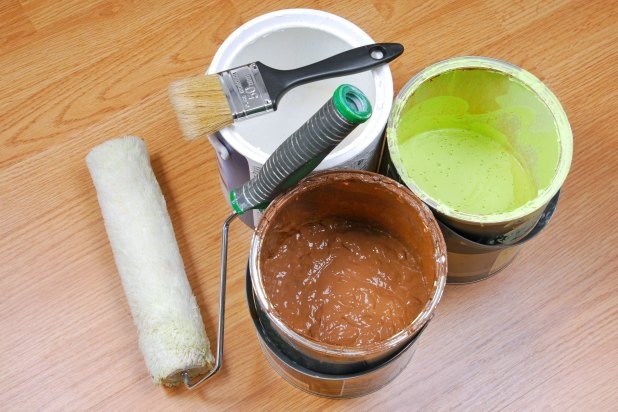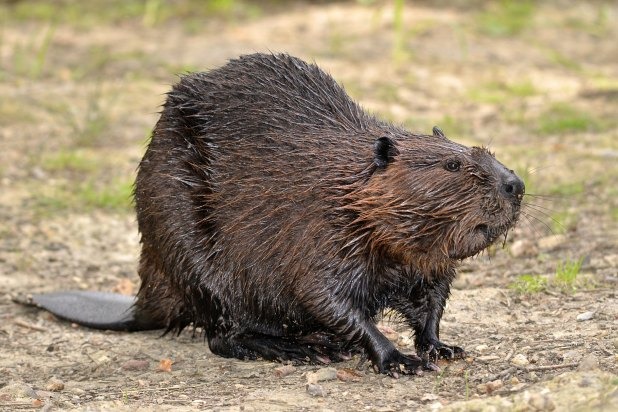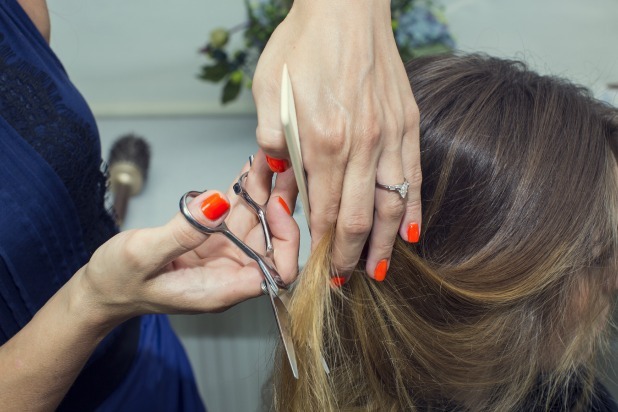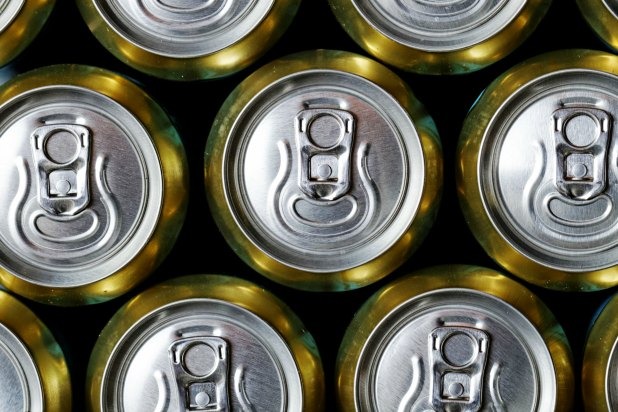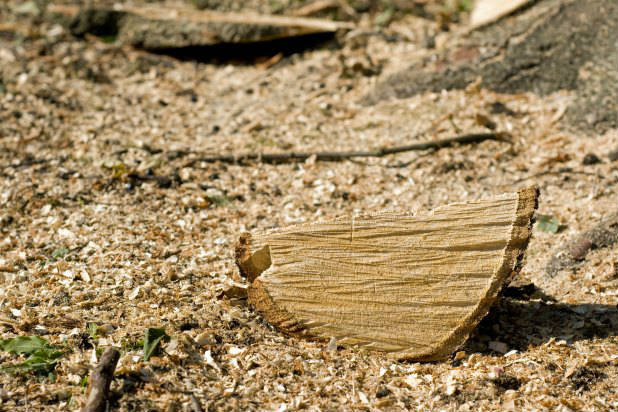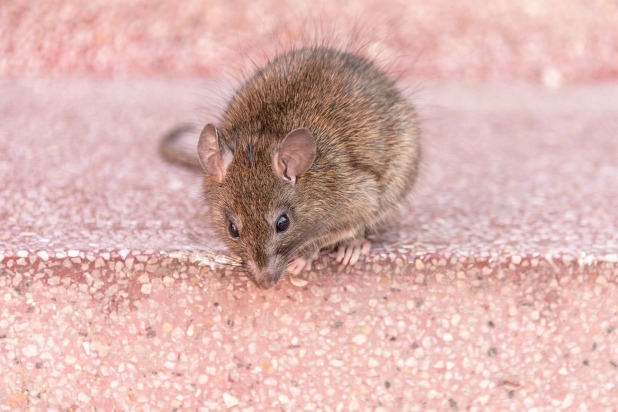8 Grossest Things You Didn't Know You Were Eating (Slideshow)
Those pretty little shiny candies we all love are actually pretty gross; they get their shine from shellac, a substance excreted by female lac bugs. And yes, it's the same substance used in wood finishes.
Anti-Freeze
Propylene glycol, a substance used in anti-freeze, is commonly used in salad dressing because of its lubricating properties — things that don't combine well with water tend to mix well with propylene glycol.
Paint Chemical
If the anti-freeze wasn't enough to turn you off to bottled salad dressings, consider the fact that most also contain titanium dioxide (commonly found in paint and sunscreen) to make them appear lighter in color.
Beaver Excretions
Steer clear of the words "natural flavorings" on foods packaging. It's been confirmed that this mystery flavoring is made from the anal secretions of beavers.
Human Hair
Is the dough conditioner L-cysteine listed in the ingredients of your favorite bread, rolls, or pizza dough? If so you've been eating human hair dissolved in acid.
Flame Retardant
Though recent media attention has resulted in a plan to phase brominated vegetable oil (a flame retardant) out of beverages, some soda and sports drinks still contain it; be sure to check the ingredient list.
Wood Pulp
Check your cereal for cellulose — it's wood pulp that's been powdered or processed into a gum. It's commonly used in plastics, detergents, pet litter, and asphalt, but also ends up in our foods to enhance their fiber content.
Rodent Hair and Bugs
The United States FDA allows a certain items to contain specific amounts of insect filth and rodent hair (they call them "unavoidable defects"). As many as five rodent hairs are allowed in an 18-ounce jar of peanut butter. Gross.

